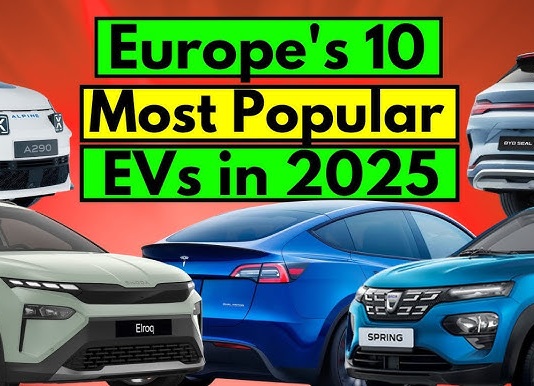
EV penetration
EV's are rapidly becoming the default choice for new car buyers. Besides being more environmentally friendly, they are also quickly becoming cheaper to operate. With the introduction of LFP batteries, new motor technology, high-efficiency inverters, and now the invention of sodium-ion battery technology, this trend is only expected to accelerate.

Legislation
From 2035 onwards sales of new ICE cars will be banned in Europe. Even before 2035 many cities are refusing ICE cars in certain regions of the city. As such, it is to be expected that EV penetration will continue to soar. As we all know, the electricity grid is hardly prepared for that surge. Immediate action is required, and there is not enough time to boost the copper capacity in every LV grid.

All at the same time
The problem with EV charging is not so much that the amount of kWh can't be transported over the net. The problem is that most cars will be charged at the same time, when people return home from work. A good solution is to make sure that the charging power is curtailed when grid overload is immenent. Obviously, for this every EV charger needs to be connected. That is already so for public chargers, albeit not always available to grid operators. For residential units there is no connection at all.

The solution
DigitalTF will broadcast a robust, secure, unhackable command throughout the LV grid to every single connected EV charger. Implementation can be social ("limit charging power to 7,2 Kw") or pro ratio ("limit charging power to 25% of maximum"). This curtailment has in the past been presented as GridShield, which we endorse as an appropriate name. Previous experiments with GridShield have however lacked functional Last Mile connectivity, for which we suggest DigitalTF.

If waiting is not possible
Car owners who cannot wait for their cars to be charged, can easily do so by using a public fast charger which is normally directly coupled to the medium voltage grid. In fact, when in a hurry, this will be the fastest solution anyhow!






